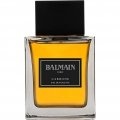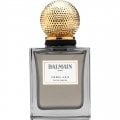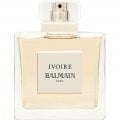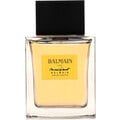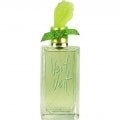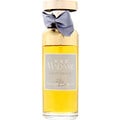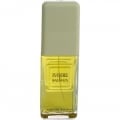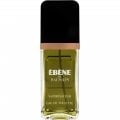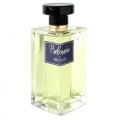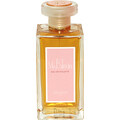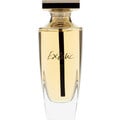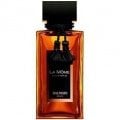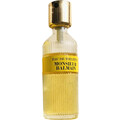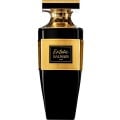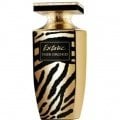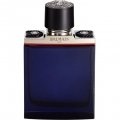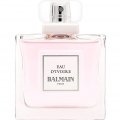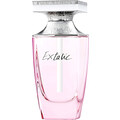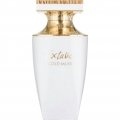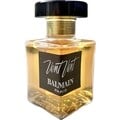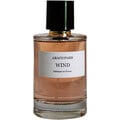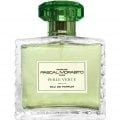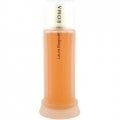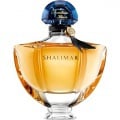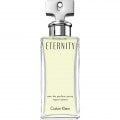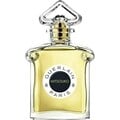06/19/2014

jtd
484 Reviews

jtd
Very helpful Review
8
the trend-setter
I can understand why the classic green floral seems dated to some. The grassy green floral is the product of an era. Each decade, the 50s, the 60s, the 70s had its own take on the genre, yet they are remarkably of a piece. I won’t attempt to distinguish between the green florals and many of the green chypres, as the similarities are greater than the differences. Also I’ve driven myself to distraction trying to separate the chypre from the floral among the reformulations of perfumes such as Estée Lauder Private Collection (1973), Jacomo Silences (1978) and Ma Griffe (1947). Green Florals connote a conciseness, a togetherness, a sense of preparedness and self-assurance that suited the femininity of each of those decades.
In the 1940s/early 1950s, a complicated era for American women whose social and private roles changed drastically from the World War II period to the Cold War period, the briskness and confidence of the green floral spoke to an inner steeliness that some women might have felt obliged to disguise. 1947 was a pivotal year, arguably giving birth to the genre that would come to define the next few decades: Cellier’s Vent Vert, Miss Dior and Ma Griffe (two green floral chypres) Green Water by Jaques Fath and Balenciaga’s green-pitched violet aldehydic floral, le Dix. The 1950s produced some seminal green floral perfumes: Jolie Madame (1953) Diorissimo (1956). In the 1960s, the green floral spans the primness of the Guerlain patron in her Chamade (1969) to the stylish Robert Piguet Futur (1960) customer to the nascent free spirit in Guy Laroche Fidji (1966).
The 1970s was both the pinnacle and the denouement of the green floral. It ranged from inexpensive but quality drugstore perfumes such as Revlon Charlie (1973), Coty Smitty (1976) and Prince Matchabelli Cachet (1973) to the more soigné department store perfumes such as Estée Lauder Private Collection & Aliage (1972), Weil de Weil (1971), Chanel 19 (1971), Paco Rabanne Metal (1979). The green floral, formerly seen and appreciated for its steel and it's stature, came to seem quaint next to the monster Orientals and steroid florals of the early 1980s.
Seen from 2014, the genre has atrophied and what remains are the extant versions of perfumes launched before 1980 and a few less widely available greenies like Parfums de Nicolai’s splendid Le Temps d’Une Fete (2007), Serge Luten’s underestimated Bas de Soie (2010) and Annick Goutal’s Ninfeo Mio (2010.)
Vent Vert (1947) put a chill on the green floral. Whatever the original by Germaine Cellier might have been, the 1991 edition I have by Calice Becker is rich and glass-like, full but also hard to the touch. It seems equally floral and grassy, with all elements circling the sharpness of galbanum, the principle element of the fragrance. There is a wonderful convergence of notes—pepperiness, sappiness, cut grass, muguet and crushed leaves—that support a crisp rose that is the only hint warmth to be found in the perfume. Having read much about the original version by Cellier but never having smelled it, I would say that Becker’s version matches the descriptions of the original, but due to restrictions of ingredients and without access to the bases Cellier is known to have used, can’t be identical. Becker’s apparent streamlining of the composition shows judicious editing and some bold choices, and her Vent Vert is invigorating and distinctive.
Some other interesting discussions of the green meanies:
http://museinwoodenshoes.wordpress.com/2010/03/19/green-scents-part-1-floral-greens/
http://museinwoodenshoes.wordpress.com/2010/03/21/green-scents-part-2-leafyherbalaromatic/
http://www.thenonblonde.com/2012/06/green-summer-perfumes.html#.U1ns--ZdXno
http://boisdejasmin.com/2011/02/perfume-vocabulary-fragrance-notes-galbanum.html
from scenthurdle.com
In the 1940s/early 1950s, a complicated era for American women whose social and private roles changed drastically from the World War II period to the Cold War period, the briskness and confidence of the green floral spoke to an inner steeliness that some women might have felt obliged to disguise. 1947 was a pivotal year, arguably giving birth to the genre that would come to define the next few decades: Cellier’s Vent Vert, Miss Dior and Ma Griffe (two green floral chypres) Green Water by Jaques Fath and Balenciaga’s green-pitched violet aldehydic floral, le Dix. The 1950s produced some seminal green floral perfumes: Jolie Madame (1953) Diorissimo (1956). In the 1960s, the green floral spans the primness of the Guerlain patron in her Chamade (1969) to the stylish Robert Piguet Futur (1960) customer to the nascent free spirit in Guy Laroche Fidji (1966).
The 1970s was both the pinnacle and the denouement of the green floral. It ranged from inexpensive but quality drugstore perfumes such as Revlon Charlie (1973), Coty Smitty (1976) and Prince Matchabelli Cachet (1973) to the more soigné department store perfumes such as Estée Lauder Private Collection & Aliage (1972), Weil de Weil (1971), Chanel 19 (1971), Paco Rabanne Metal (1979). The green floral, formerly seen and appreciated for its steel and it's stature, came to seem quaint next to the monster Orientals and steroid florals of the early 1980s.
Seen from 2014, the genre has atrophied and what remains are the extant versions of perfumes launched before 1980 and a few less widely available greenies like Parfums de Nicolai’s splendid Le Temps d’Une Fete (2007), Serge Luten’s underestimated Bas de Soie (2010) and Annick Goutal’s Ninfeo Mio (2010.)
Vent Vert (1947) put a chill on the green floral. Whatever the original by Germaine Cellier might have been, the 1991 edition I have by Calice Becker is rich and glass-like, full but also hard to the touch. It seems equally floral and grassy, with all elements circling the sharpness of galbanum, the principle element of the fragrance. There is a wonderful convergence of notes—pepperiness, sappiness, cut grass, muguet and crushed leaves—that support a crisp rose that is the only hint warmth to be found in the perfume. Having read much about the original version by Cellier but never having smelled it, I would say that Becker’s version matches the descriptions of the original, but due to restrictions of ingredients and without access to the bases Cellier is known to have used, can’t be identical. Becker’s apparent streamlining of the composition shows judicious editing and some bold choices, and her Vent Vert is invigorating and distinctive.
Some other interesting discussions of the green meanies:
http://museinwoodenshoes.wordpress.com/2010/03/19/green-scents-part-1-floral-greens/
http://museinwoodenshoes.wordpress.com/2010/03/21/green-scents-part-2-leafyherbalaromatic/
http://www.thenonblonde.com/2012/06/green-summer-perfumes.html#.U1ns--ZdXno
http://boisdejasmin.com/2011/02/perfume-vocabulary-fragrance-notes-galbanum.html
from scenthurdle.com
1 Comment

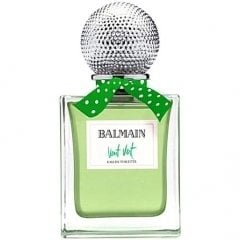


 Top Notes
Top Notes 






 Heart Notes
Heart Notes 






 Base Notes
Base Notes 









